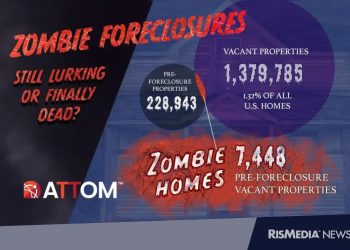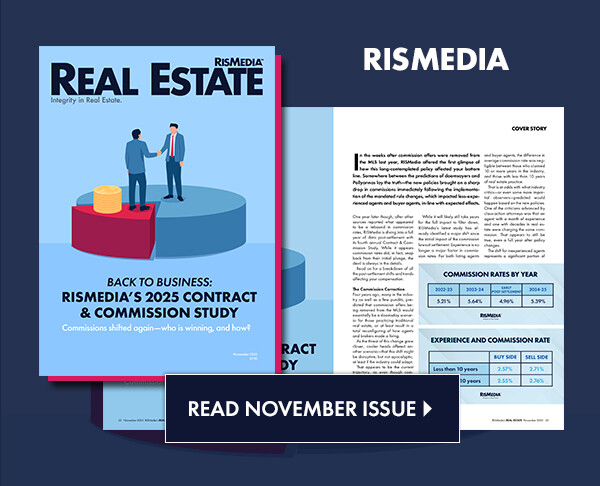During his highly anticipated eighth and final speech at the annual Jackson Hole Economic Policy Symposium in Wyoming, Federal Reserve Chair Jerome Powell signaled that the central bank is ready to ease its monetary policy.
“Our policy rate is now 100 basis points closer to neutral than it was a year ago, and the stability of the unemployment rate and other labor market measures allows us to proceed carefully as we consider changes to our policy stance,” Powell said. “Nonetheless, with policy in restrictive territory, the baseline outlook and the shifting balance of risks may warrant adjusting our policy stance.”
The clearest signal yet ahead of the Fed’s September meeting, the Fed Chair’s remarks come as the central bank faces a complex economic landscape and mounting pressure from the administration.
Acknowledging how monetary policy is not on a preset course, Powell added that the Federal Open Market Committee (FOMC) will make these decisions based solely on their assessment of the data and its implications for the economic outlook and the balance of risks.
“We will never deviate from that approach,” Powell said.
Case in point, Powell highlighted the jobs data from July, which led to President Donald Trump firing Erika McEntarfer, the head of the Bureau of Labor Statistics (accusing her of manipulating the data).
“The July employment report released earlier this month showed that payroll job growth slowed to an average pace of only 35,000 per month over the past three months, down from 168,000 per month during 2024,” he noted.
Addressing the effects of tariffs, Powell said the impact on consumer prices is now clearly visible.
“A reasonable base case is that the effects will be relatively short lived—a one-time shift in the price level. Of course, ‘one-time’ does not mean ‘all at once,’” Powell said. “Another possibility is that inflation expectations could move up, dragging actual inflation with them.”
Looking at housing, Realtor.com® Senior Economist Jake Krimmel said in a statement that this summer has been “frustrating” for real estate market participants—buyers, sellers and builders—based on high interest rates at least in part.
“In the short run, mortgage rates remaining at 10-month lows are already offering a boost to affordability and, potentially, to buyer sentiment. That relief is welcome after several years of high borrowing costs eroded consumers’ purchasing power,” he said.
Turning to the monetary policy framework, Powell went over the revised statement, based on the second public review conducted every five years.
To start, the central bank removed language indicating that the effective lower bound (ELB)—the floor for interest rates—was a defining feature of the economic landscape.
“Instead, we noted that our ‘monetary policy strategy is designed to promote maximum employment and stable prices across a broad range of economic conditions,’” Powell said.
The second change eliminated its “makeup” strategy and returned to a framework of flexible inflation targeting.
“As it turned out, the idea of an intentional, moderate inflation overshoot had proved irrelevant,” Powell acknowledged. “There was nothing intentional or moderate about the inflation that arrived a few months after we announced our 2020 changes to the consensus statement.”
Additionally, the revised statement also removed the term “shortfalls” and now states that “the Committee recognizes that employment may at times run above real-time assessments of maximum employment without necessarily creating risks to price stability.”
The revised statement also notes that maximum employment is “the highest level of employment that can be achieved on a sustained basis in a context of price stability.”
Consistent with the removal of “shortfalls,” Powell added that the fourth change clarifies the Fed’s approach in periods when its employment and inflation objectives are not complementary.
Krimmel said that in the longer run, this shift in the framework could help prevent real estate market turbulence.
“If Powell’s new framework signals a steadier commitment to balancing inflation and employment risks, it could reduce uncertainty and stabilize rate expectations,” he said. “Going forward, resolving economic uncertainty will be key for restoring consumer confidence and jumpstarting the housing market this fall, and beyond.”












